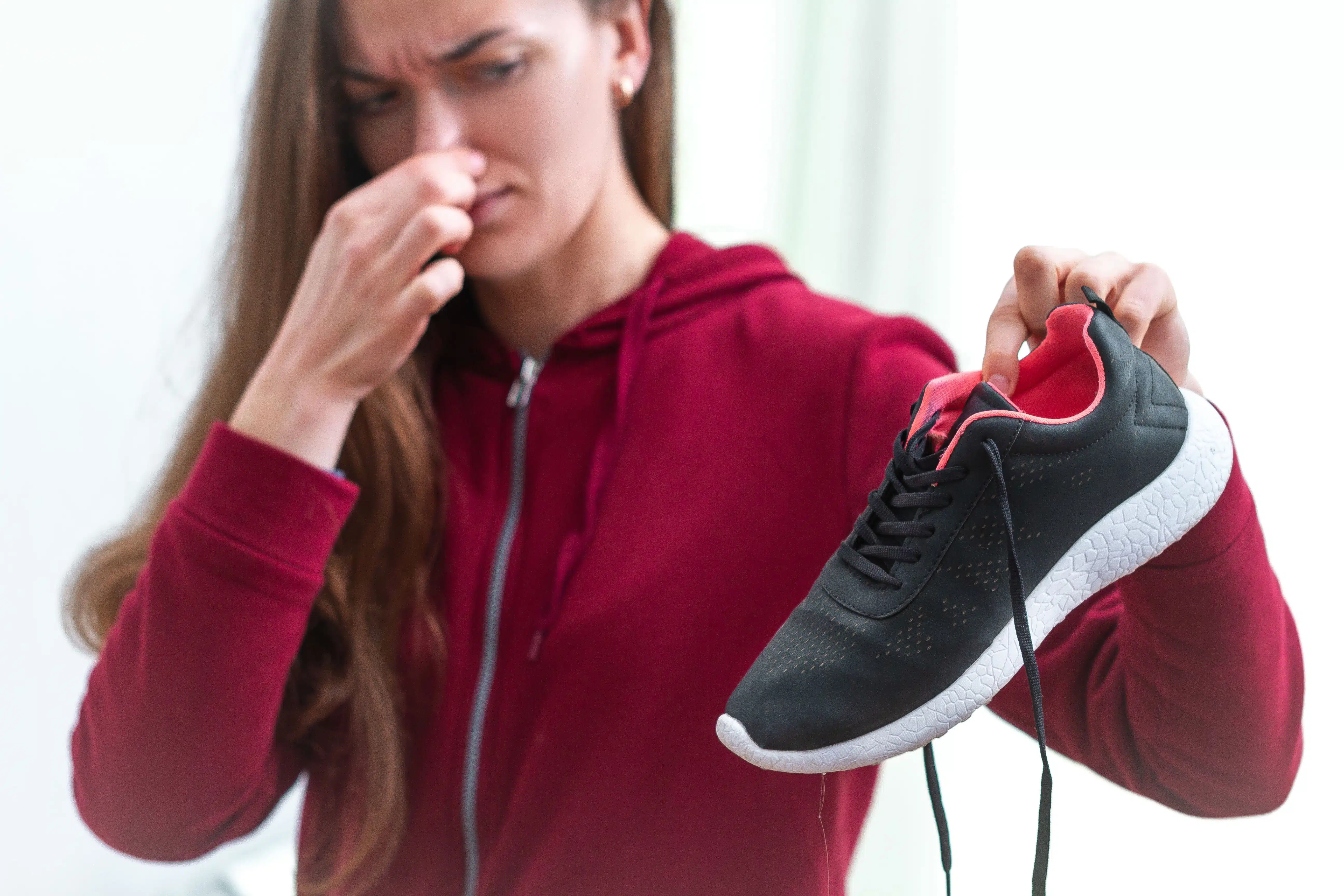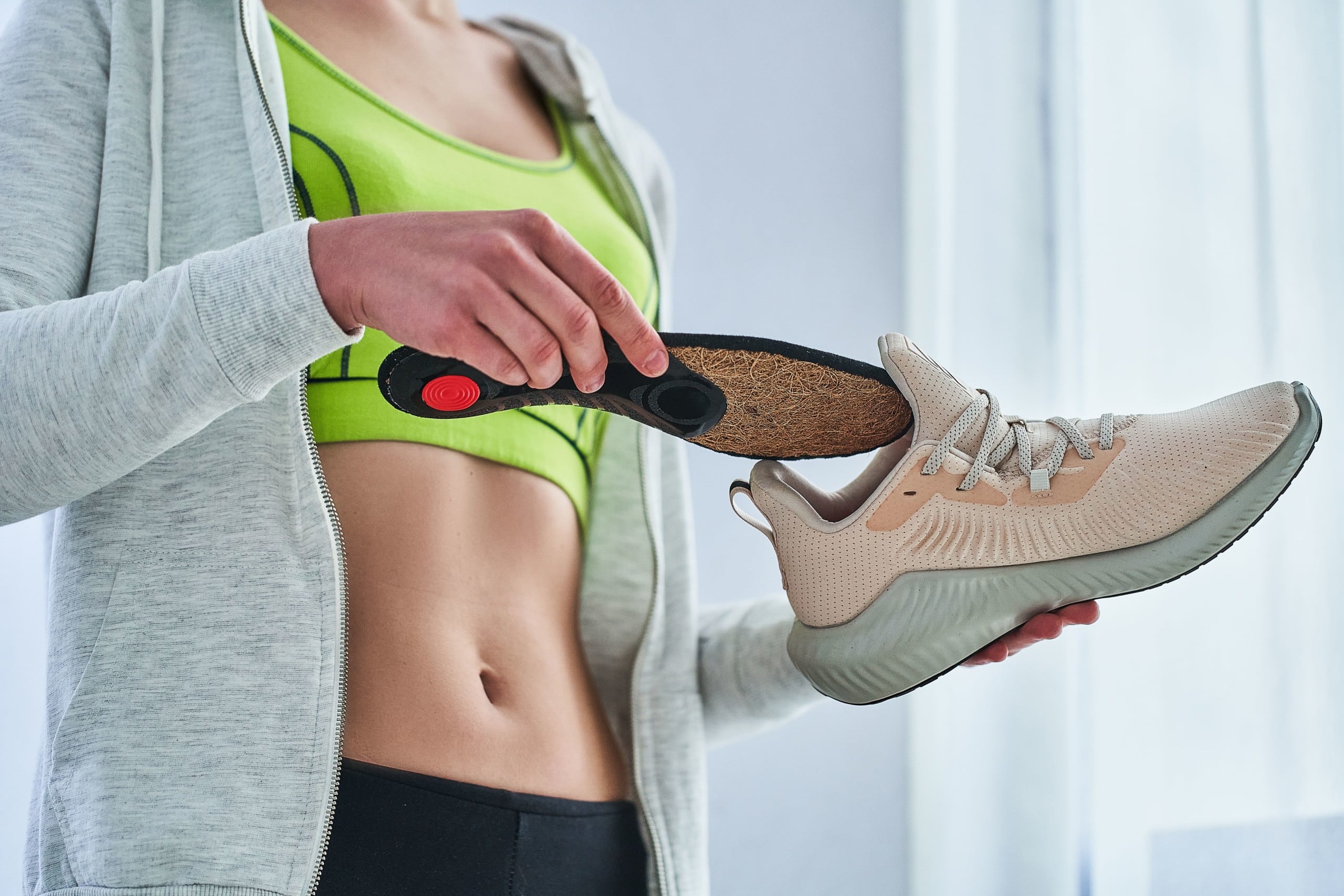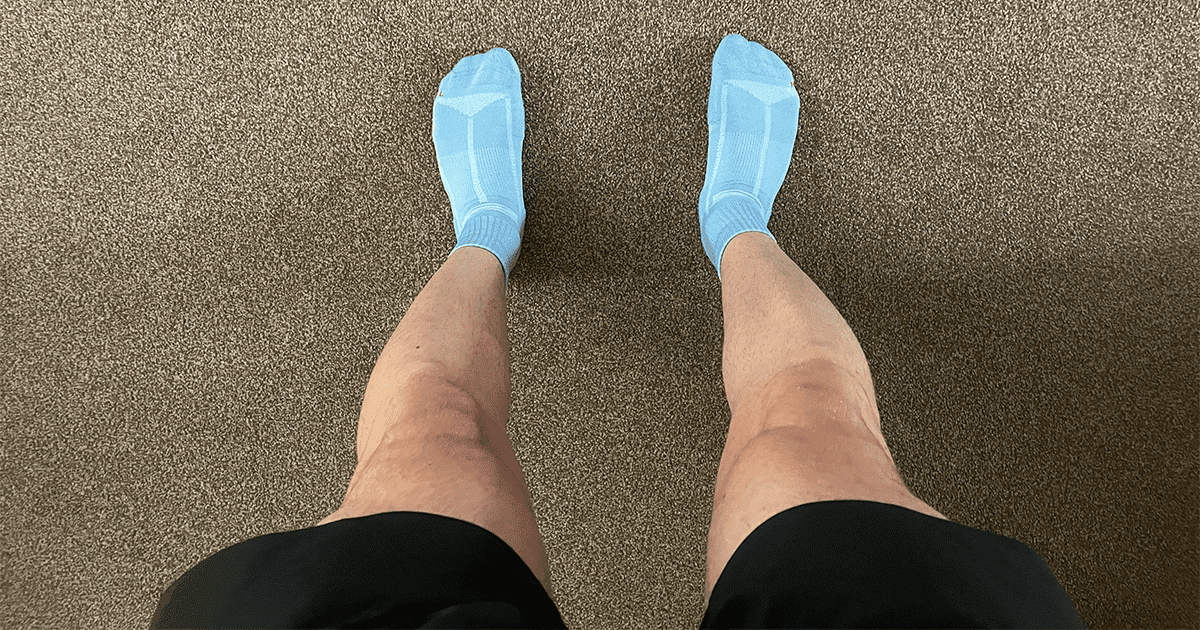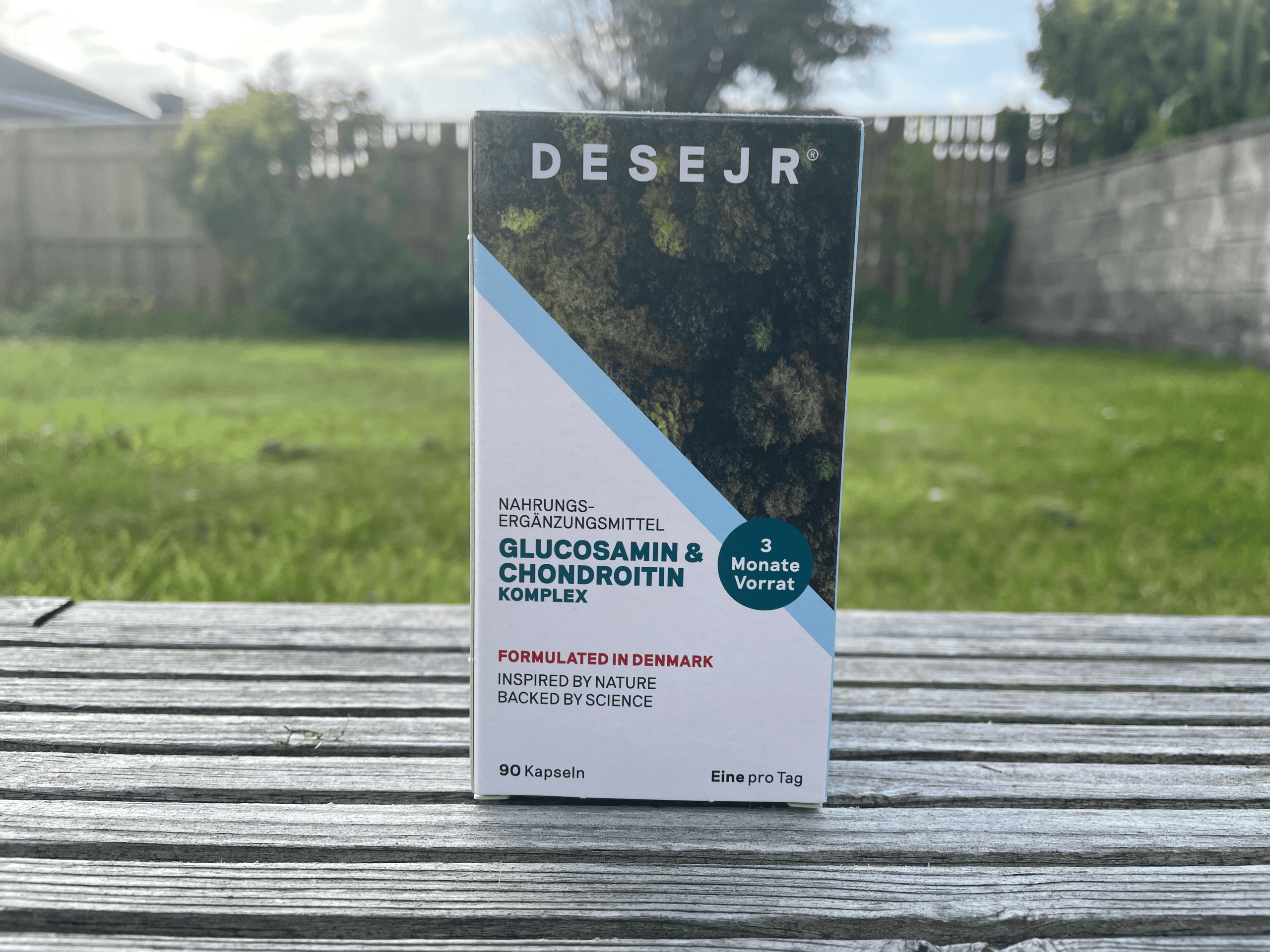Mobility training for runners: What you need to know
Whether you’re a running veteran or a beginner to the sport, training mobility is one of the most important aspects you need to be doing!
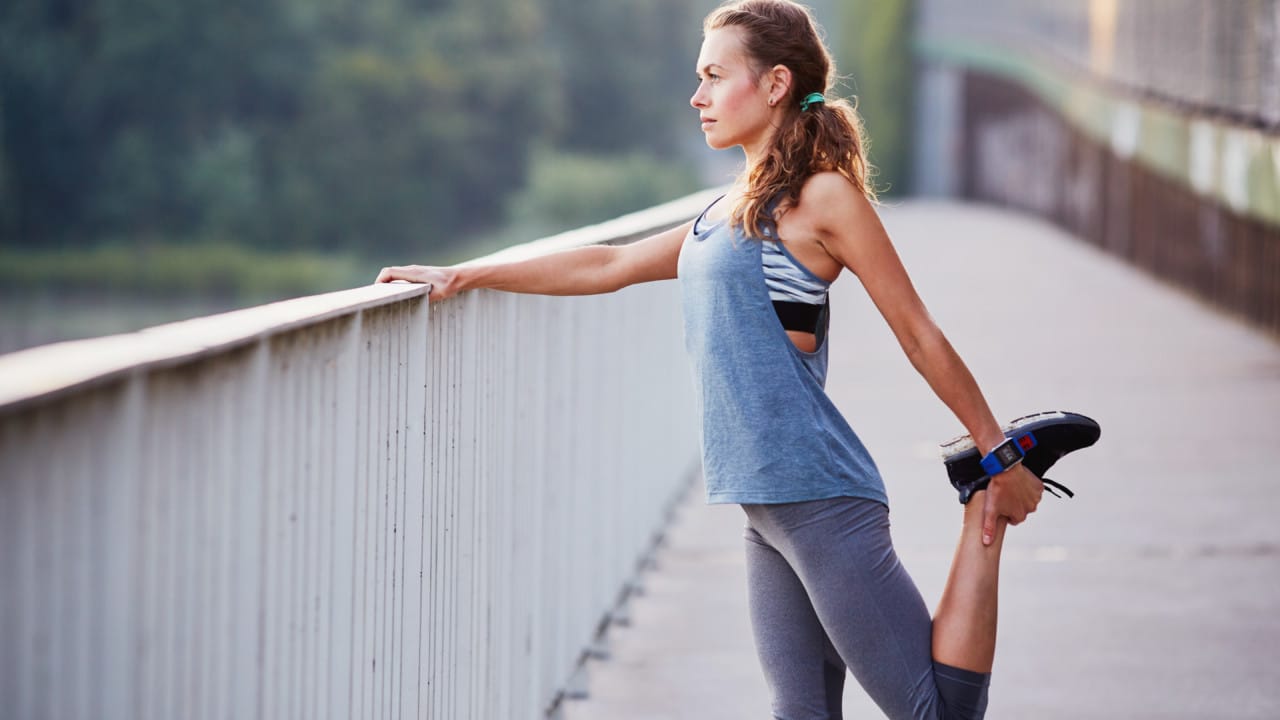
A common perk of running is the potential risk of injuries. Tight muscles and joints are issues that runners experience, which quite often lead to days off the road and in some cases, serious injury.
Despite this, there are a number of methods to prevent injury, from specialized equipment to stretching or strength training.
However, without tailored and progressive exercise, like mobility training, the underlying cause of these injuries and pains will remain.
Mobility training is utilized in every sport imaginable, from football to F1.
This is because it is a universal form of training that not only benefits an athlete’s performance but also reduces the risk of injuries – why wouldn’t you incorporate it into your regime?
Mobility for runners is even more important though, as it is a full-body sport with prolonged and frequent impacts on the joints and muscles. But don’t worry, this article covers all you need to know about mobility training – we will even throw in a few key mobility exercises for runners too!
This article is a guest post contribution by Husnain Islam, a British Mechanical Engineering graduate and content writer, with a passion for providing quality blog content.
What is mobility training?
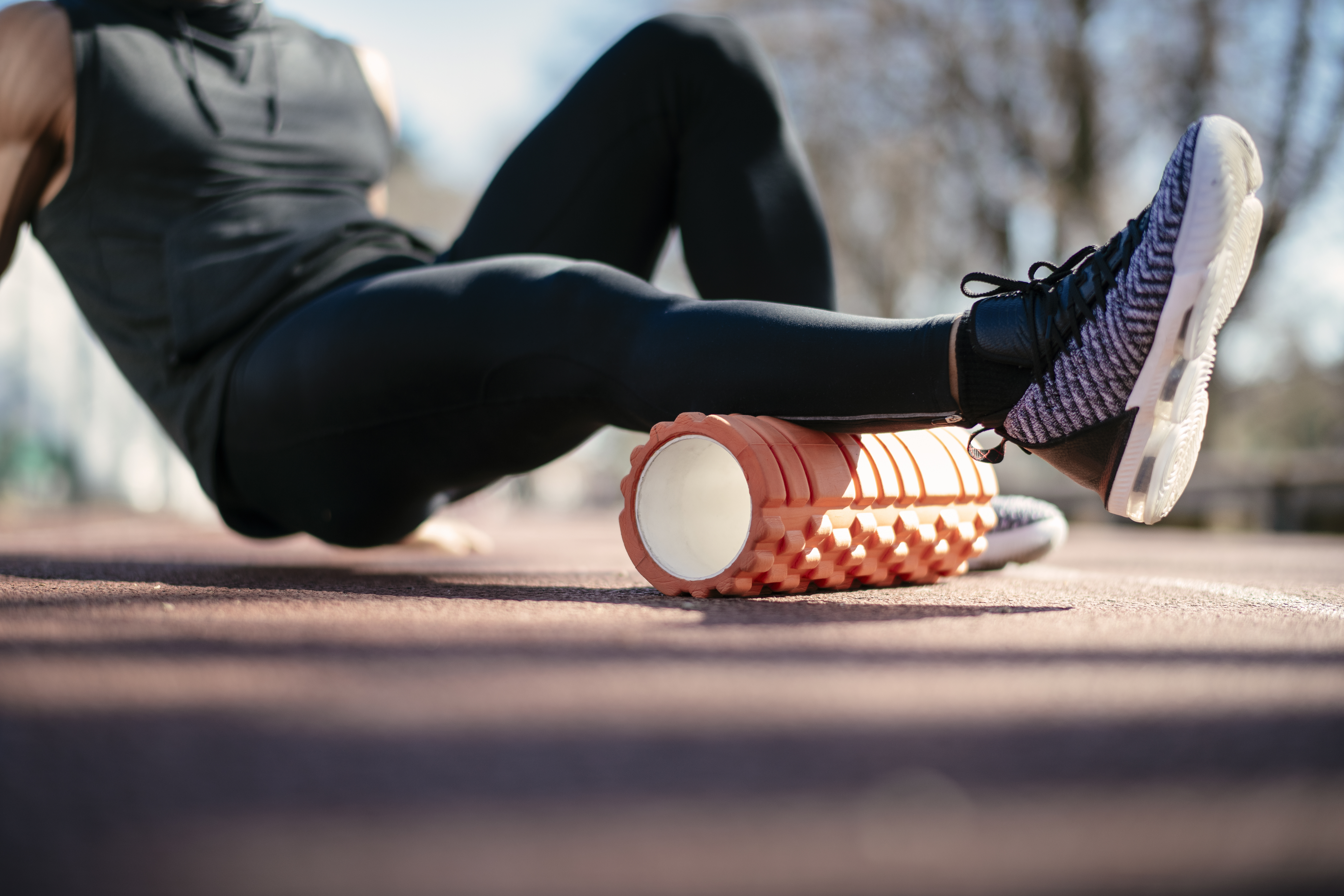
You might be thinking of any kind of stretching, maybe even yoga or pilates. If you said any of those, you were right!
The truth is, mobility training covers a wide range of exercises that are tailored to help increase the range of motion your body can perform, effectively increasing your “mobility.”
Mobility is the ability to move. Runners need this to be able to run through the full range of motion required in running.
Mobility training is diverse but can include flexibility, balance, and strength exercises that can be done in repetitions or holds.
These exercises specifically train the “mobility” of various joints and body parts, leading to improved performance and other perks.
Why should you be training mobility?
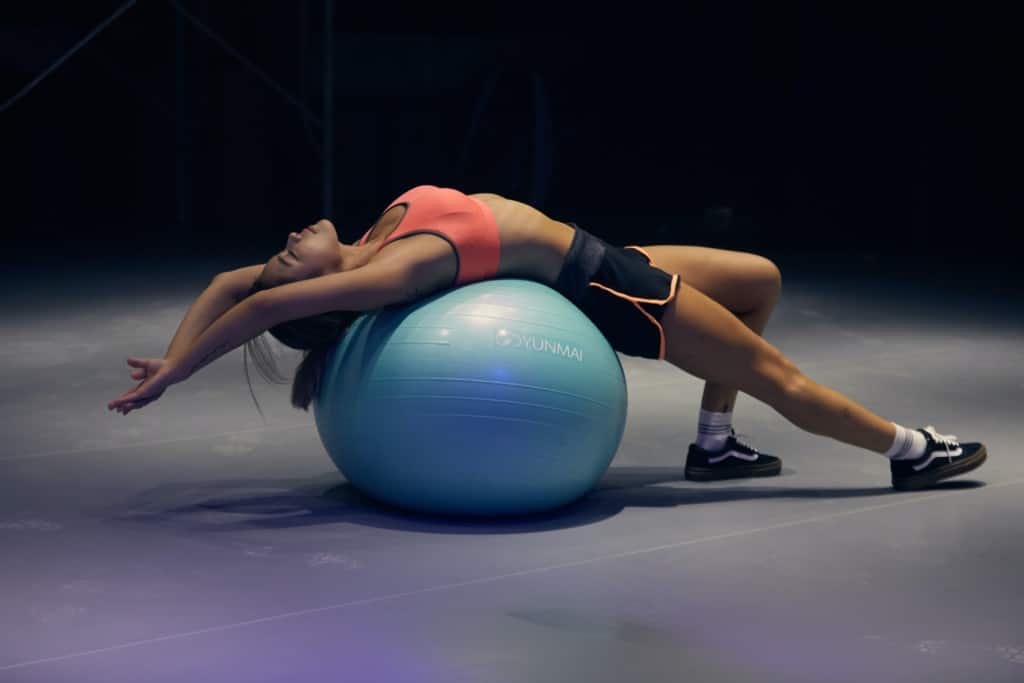
Mobility exercises for runners are very important to include in your programme for a number of reasons.
Here are three top benefits of mobility training, followed by reasons why you should incorporate these into your training:
Reduced risk of injury
Within a limited range of motion, your body has to exert excessive forces on smaller and weaker muscles just to move your joints. This results in a massively increased risk of injury, as these smaller muscles are in the firing line.
Conversely, performing mobility training can also help prevent injuries, aches and pains, as these smaller muscles are strengthened.
Improved performance
Mobility training results in more flexible muscles and joints due to an increased range of motion.
This allows us to perform exercises with the best technique, therefore, resulting in increased performance.
If you cant move through the full range of motion required by running, you’re not going to be able to run as fast or as efficient!
As previously mentioned, this training helps build stronger and more adaptive muscles and joints, which has an additional positive effect on performance too.
Reduced fatigue
Excessive fatigue is due to pain and soreness, which may arise due to a lack of mobility training.
This fatigue comes from the limited range of motion issue again, as smaller muscles will be extremely sore the next day as they are subject to excessive forces, leading to increased fatigue, if not counteracted with mobility exercises.
Performing mobility training can lead to relieving tension in your body (through ease of movement) and reducing joint deterioration (through greater flexibility of your body).
What is the difference between mobility and flexibility?
This is a good question to ask considering both are important components of fitness that are generally seen as one and the same.
Despite this, they both mean very different things.
Flexibility refers to how much passive range of motion you have, in addition to the ability of your muscles to stretch.
Picture engaging in some static stretches after your run and you find yourself shaking as you struggle to touch your toes, here is an example of poor flexibility!
Mobility refers to the active range of motion around a joint. This is why flexibility is a key part of mobility, as muscles around a joint need to be flexible enough so the joint can experience a full range of motion.
This time, picture yourself struggling to fully extend your hips when your running, this is an example of poor mobility!
To have good mobility, you need good flexibility, so both are important for runners!
When (and how often) should you do mobility training?

Mobility exercises can be done before your workouts in the form of dynamic stretches, during your workout in the form of specific mobility drills, or after your workout in the form of static stretches.
There are other variations of mobility training, (strength training for example), but these are the most common for runners.
In terms of static and dynamic stretches, it is important to engage in these frequently, so on every workout day, or even every day if possible.
You don’t have to spend more than 5-10 minutes on these mobility stretches, as consistency over time is more important to progressively increase your range of motion.
This type of stretching ensures you are compensating for a full range of motion in your muscles and joints, both before and after your workouts, which will aid your run or workout, too.
When it comes to mobility drills, it is appropriate to engage in these exercises around three to five times per week, in an addition to your running or additional workouts.
However, this depends on how much running you engage in a week. If you are on the lower end of running volume, then shoot for 2-3 times per week of mobility drills!
Mobility drills are covered in detail in the next section, but they include elements of running training, so they can be done before or after your main running session.
Some basic drills and tips to get you started!
Mobility affects how you run and comes in many forms for runners, but the most affected areas of the body are the: feet, ankles, knees, hips, and spine.
To cover these target areas, we have included three essential basic drills to include in your program to boost your mobility and performance!
Off-Road
Running on surfaces like grass, dirt, and even sand, for example, leads to your body having to adjust to being able to move on these technical terrains.
These different modes of running require you to move differently, therefore, enabling different ranges of motion in your running, which will increase your mobility.
A basic drill for Off-Road would be to engage in some distance or pace training on technical terrain for a warm-up or warm-down after your main training session.
Incline and Declines
Running on inclines or declines, such as hills, forces your body to work against or with gravity – which is beneficial for including some useful variation into your running program.
Just like Off-Road roading, there will be changes to the ranges of motion in your movement in this training, enabling mobility to be trained.
A basic drill for Inclines and Declines would be to start with a few hill sprints as a warm-up before your session!
Alternatively, you can also do these on the treadmill – if you’re brave enough!
Fartlek
Fartlek running is where you change your speed between faster running, a light jog, or even walking.
This can help with mobility as your body will use different strengths at different ranges of motions in these speed variations, benefitting your overall progression.
You don’t need a structure for fartlek, it’s all about getting out there and having fun!
Try running to the nearest lampost, jogging to the next car, and continuing for as long as you can!
In addition to these mobility drills, other forms of useful mobility for runners are needed to ensure a well-rounded full programme.
Below are four further common methods to train mobility for running:
- Foam rolling Drills
- Strength Training
- Static Stretching
- Dynamic Stretching
To conclude
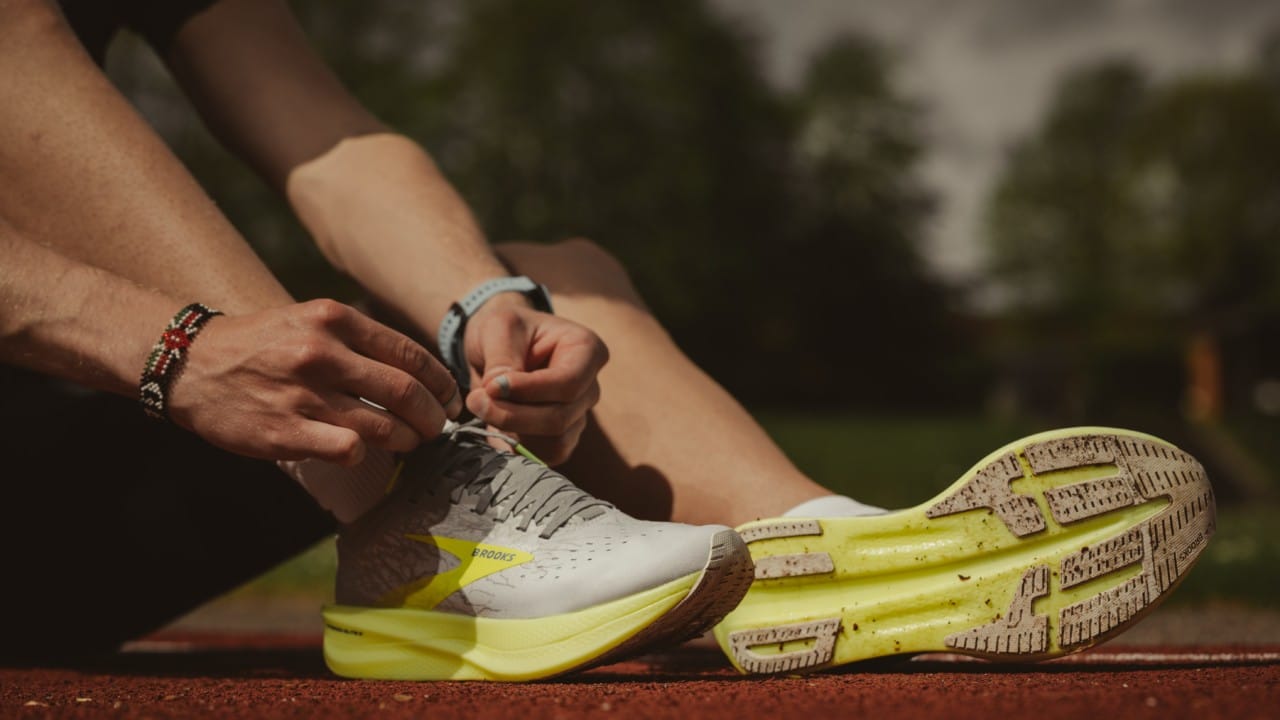
Let’s run a quick recap of everything we’ve covered in this blog post:
Mobility is the ability to move well, which is important for runners to accomplish a full range of motion in their movements.
Mobility training covers a range of exercises that help to increase the range of motion your body and joints can perform, effectively increasing your mobility.
Training your mobility can: reduce the risk of injury, improve your performance on the track and reduce fatigue.
Flexibility and Mobility are two sides of a dissimilar coin, as flexibility refers to your bodies passive range of motion, whereas mobility refers to the active range of motion around a joint.
Mobility exercises should be done for short periods on every workout day, and mobility drills should be done a few times a week to complement your workouts.
Some basic mobility drills for runners are: Running Off-Road, Running on Inclines & Declines, and Fartlek training.
There are other forms of useful mobility for runners (Foam Drills, Strength Training, Static and Dynamic Stretching).
Mobility training is a critical skill that you need to incorporate in order to engage in a healthy and progressive running journey!

Matthew is a lifelong runner, chief tester of all products, the founder of Running101, and freelance content writer for active brands. When he’s not writing, he enjoys lifting weights, cycling in the Lake District, and watching fast cars drive in circles on a Sunday. He also has a BA in sport, exercise and physical activity from the University of Durham.

